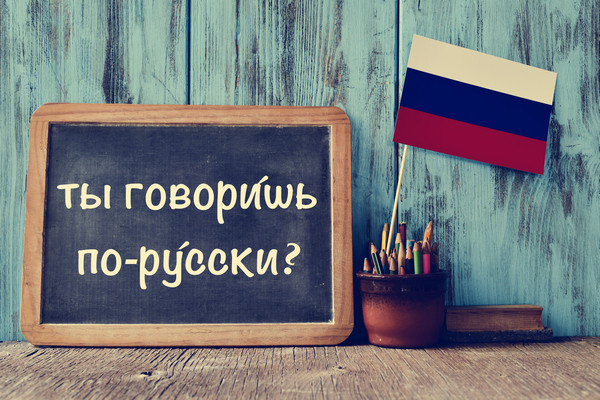Russian Translation and Interpreting
LEXIKA offers you fast, high-quality and reasonably-priced translations of technical and business documents into Russian. Among the texts we most commonly translate, there are personal and official documents as well as technical documentation and business documents.
We have been providing translation services from English and German into Russian since 1993.
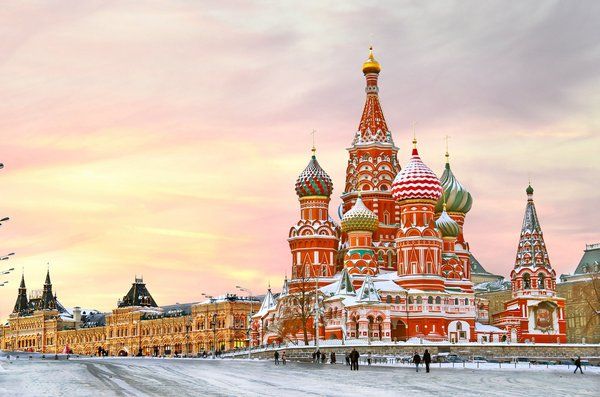
7 reasons to trust us with the translation of your Russian texts
- High quality is our top priority.
- We always meet deadlines.
- All our translators are professionals.
- The texts are always translated by experts in that particular specialism.
- We will provide you with custom-made translations.
- We use the latest translation tools to make our work more effective and to ensure its quality.
- Consultations on and advice regarding your translation projects are free of charge.
LEXIKA translates mostly technical documentation, business and legal texts into Russian, as along with personal and official documents.
Thanks to our experience with economic, financial and legal translations into Central and Easter Europen languages, we can fully guarantee your satisfaction with our services. There is a high demand for translations of commercial and employment contracts as well as tender documentation and internal company directives into Central and Easter Europen languages.
Thanks to the reliability, professionalism and quality of our services, we have become the preferred supplier of translation and interpreting services for many companies.
How do we do it?
Specialist translators
For the translation of specialised texts, we rely on translators who are experts in that particular subject field. Our Russian translators translate texts from a wide range of fields of expertise and for every translation, we carefully choose a Russian linguist who is the best fit for this task in terms of their language skills as well as their knowledge of terminology.
The quality of translations and services
Since 2009, our company’s quality management system has been annually audited by TÜV SÜD, a renowned audit company, which checks that LEXIKA meets the requirements of the ISO 9001 standards. We are able to do so only through the systematic processing of all requests and the high quality of our services and products.
We always choose an optimal level of services for our customers and the best methods for completing their translation projects. In order to meet the high standards required for the quality of translators, proofreaders and the whole translation process, we recommend translating in compliance with ISO 17100.
Translators and new technologies
Our texts are always processed by translators, not computers, though we do use the latest translation tools which help us to keep terminology consistent and to reduce your costs, thus streamlining the translation process and ensuring high-quality.
Quality assurance
We take care that our translation quality assurance is conducted by the expert eye of our assessor, whose work is significantly aided by the latest software tools. In this way, we verify that the terminology provided by our customer was used correctly, make sure that the translator followed the correct procedure, made all revisions and language corrections and formatted the translation correctly, among other things.
Interested in using our services?
Leave us a message with your requirements and we’ll get back to you.
The most commonly spoken Slavonic language
Russian is the most widely and commonly spoken Slavonic language in the world. There is no doubt that it has a global importance. The Russian language is spoken by approximately 267 million people worldwide, and it is also used by many organisations such as the UN and UNESCO.
Astronauts, called cosmonauts in Russian, are required to speak Russian since, along with English, it is an official language of the International Space Station. Let’s look at the history of this language. Detailed information about the Russian language and culture can be found in an interview with our Russian translator Nadezhda.
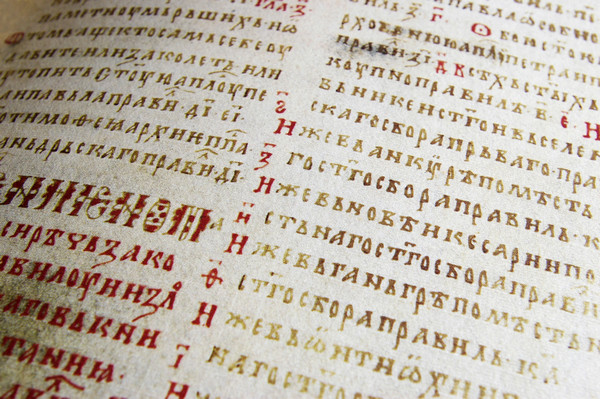
The golden mean
The relatively complicated history and development of the Russian language is to a certain extent conditioned by Russian geography. Due to its territorial vastness, there were many simultaneous influences, not just linguistic. The common denominator was Old Slavonic, also known as Old Church Slavonic, because it was the language of Christianity. This language spread further thanks to the famous monks Cyril and Methodius, whose story is well-known.
In the territory of Kievan Rus, the use of various dialects of Old Russian continued, along with Old Slavonic, in everyday communication as well as in simple documents until the 13th century. They slowly merged, which gave rise to an early predecessor of Russian, which, however, was contrary to the effort of Byzantine scholars who tried to purify Old Church Slavonic from the ‘Russian influence’.
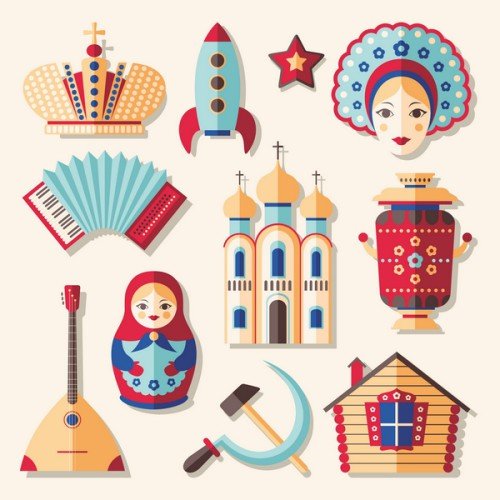
Peter the Great – the era of progress
Thanks to Peter the Great, Russian took a step forward. He simplified the spelling, borrowed new words from French and German and steered the language in a more pro-European direction. Other significant personalities who contributed to the gradual emergence of modern, standard Russian were Mikhail Lomonosov and later, Alexander Pushkin. Put simply, they chose the golden mean between the language of the Church and the language of the common people. Russian also underwent changes in the 20th century, when the standardisation process was influenced by the foundation of the Soviet Union.
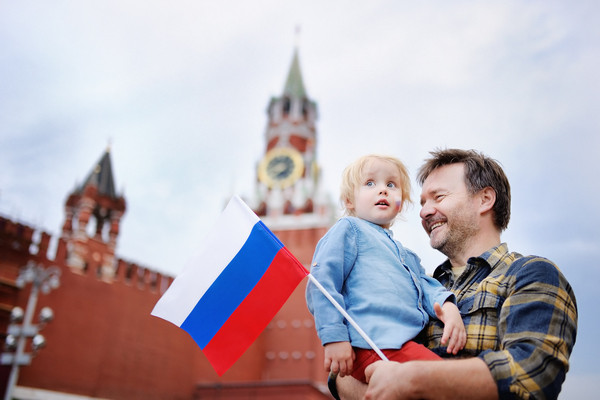
Don’t be discouraged by the Cyrillic alphabet
Try starting with cabbage soup щи (shchi) and soon you will have no difficulty reading words such as тысячевосьмисотвосьмидесятидевятимикрометровый (1889-micrometer). Another interesting fact about Russian is that, depending on the word, the word stress might fall on different syllables and sometimes it is the only thing distinguishing the meaning of two words. Learners of Russian may also have problems with the pronunciation of hard and soft consonants.
